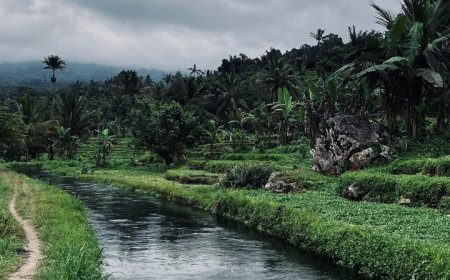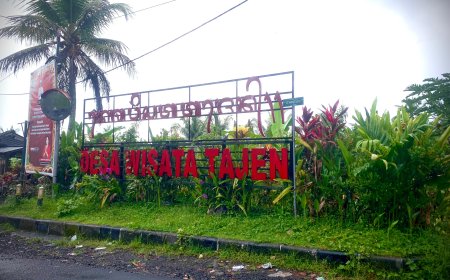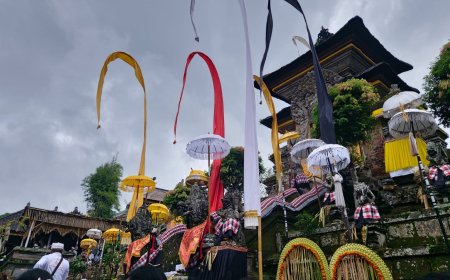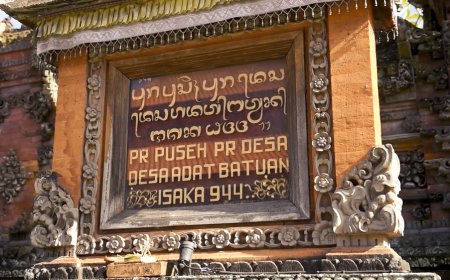Unveiling the Hidden Beauty of Manikliyu Traditional Village: Origins and Archaeological Heritage
Manikliyu Traditional Village, tucked away in the serene highlands of Bali, offers a glimpse into a world rich with cultural heritage and historical significance. Known for its peaceful landscapes and deep-rooted traditions, Manikliyu has a fascinating origin story that dates back centuries. Manikliyu continues to uphold traditional values, blending ancient rituals with modern life, making it a hidden gem for those seeking to explore Bali’s lesser-known historical and cultural treasures.
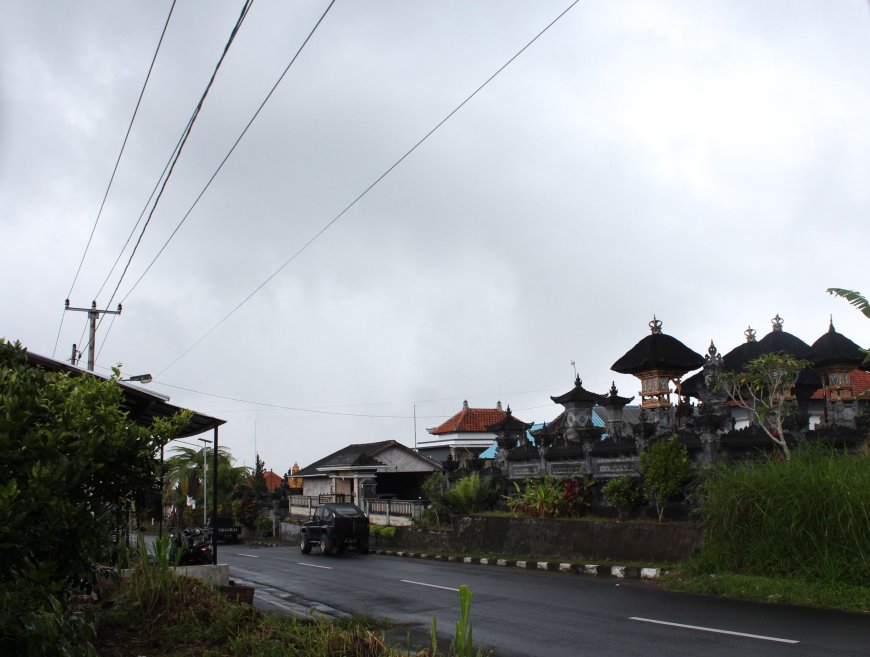
Manikliyu, a traditional village in Bali, holds a rich history and cultural heritage. The name Manikliyu is derived from two words: Manik and Liyu. While some may interpret Manik as "jewel" and Liyu as "many", leading to the belief that the village name means "many jewels or treasures", but local tradition tells a different story. According to Jero Mangku Gede Indu, a respected elder of the village, Manik refers to an individual named "Manik", while Liyu means "many", thus the name refers to "Manik with many descendants".
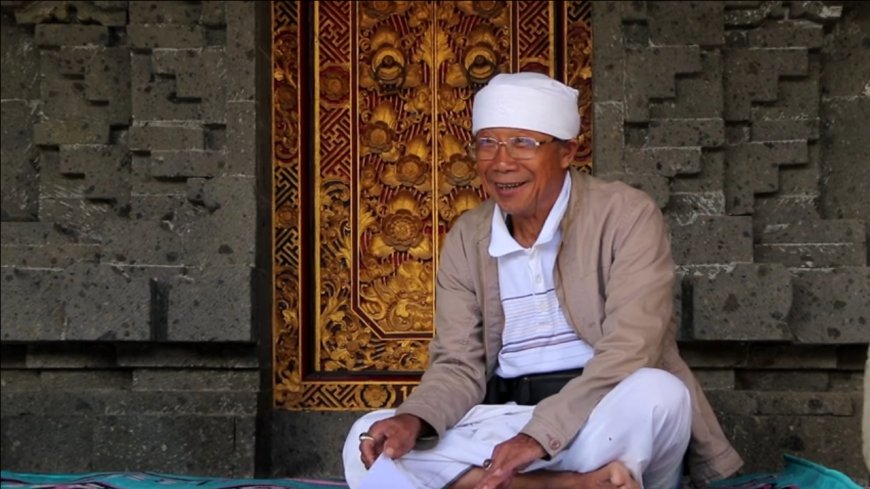 Jero Mangku Gede Indu, sharing the rich history and traditions (Source: Private Collection)
Jero Mangku Gede Indu, sharing the rich history and traditions (Source: Private Collection)
Origins of the Village and Pura Tebenan
The origin story of Manikliyu begins with a man named Manik who married and had 16 children. Due to this large family, a temple called Pura Tebenan was built to honor their ancestors. Based on an ancient inscription found at this temple, it is believed that Pura Tebenan was constructed in the year 877 Çaka (around the 10th century AD), during the reign of King Sri Aji Warmadewa Jayawardana. This inscription provides strong historical evidence that the village has existed since the early era of Bali’s kingdoms.
As Manik's descendants grew, the village of Manikliyu eventually split into four smaller villages: Manikliyu, Bayung Cerik, Ulian, and Lembean. Despite this division, Manikliyu remained the central village. To this day, the tradition of adding "Pan" for men and "Men" for women in people's names continues to be preserved, and the four villages still uphold the traditions at Pura Tebenan, which is the oldest temple in Manikliyu, and ceremonies are held at Pura Tebenan every anggar kasih julung wangi, symbolizing the cultural heritage that remains strong in the village.
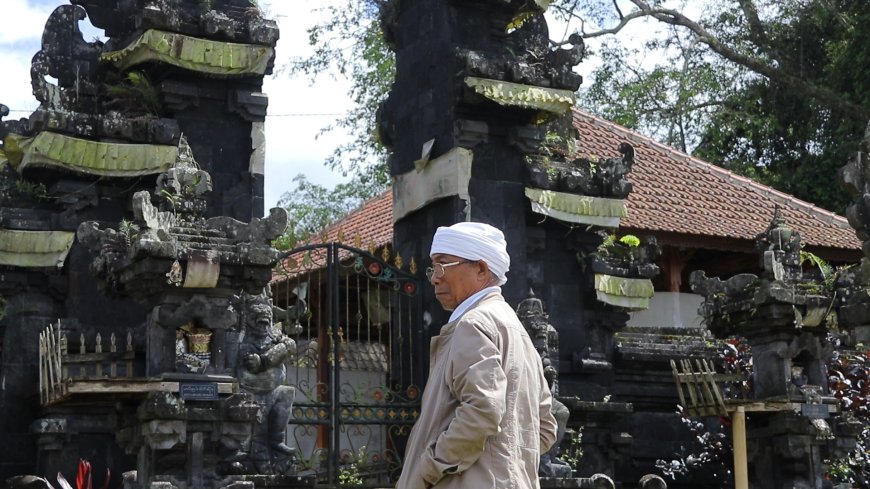 Jero Mangku Gede Indu, in front of Pura Tebenan (Source: Private Collection)
Jero Mangku Gede Indu, in front of Pura Tebenan (Source: Private Collection)
Archaeological Discoveries
Manikliyu is also notable for its archaeological significance. In 1997, a local farmer named Wayan Suki made an accidental discovery while working in his field. He unearthed a large stone, which upon further excavation revealed itself to be the lid of a sarcophagus. Driven by curiousity Pan Suki and his neighboring friends tried to move and open this but come to stop as they found a human remains and bronze goods as burial offerings.
This discovery garnered attention from authorities, and further investigations revealed two sarcophagi, a bronze drum (nekara), human remains, and burial offerings. One of the sarcophagi, made of stone, was used to bury commoners beneath the ruling class. The second sarcophagus, which contained the bronze drum, is believed to have been used for the burial of a king or an individual of high social standing.
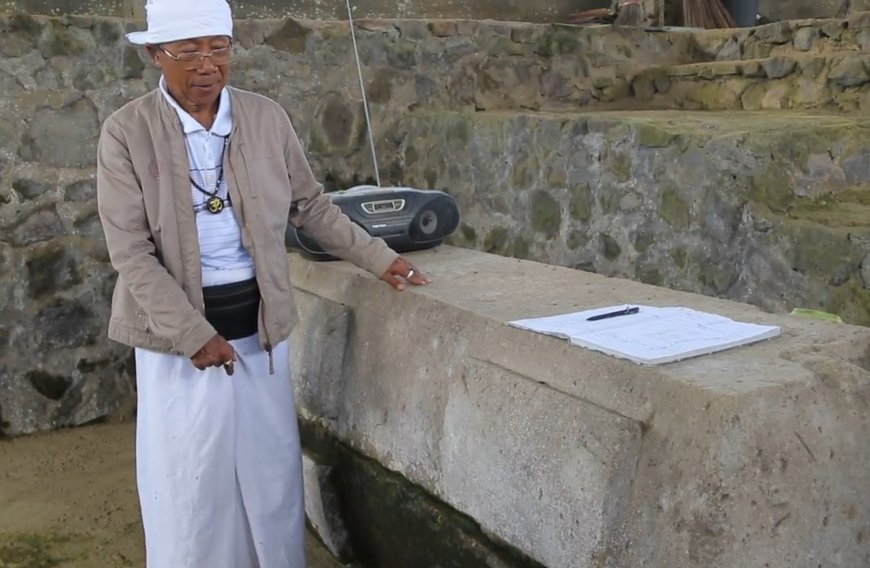 One of the Sarcophagi (Empty) in Manikliyu Archeology Sites (Source: Private Collection)
One of the Sarcophagi (Empty) in Manikliyu Archeology Sites (Source: Private Collection)
Current Condition of the Archaeological Site
Unfortunately, the archaeological site of Manikliyu has yet to be fully developed. Due to ongoing construction, several artifacts, including the sarcophagus with the bronze drum, have been temporarily relocated to government custody. These artifacts will be returned to the village once the construction of the site is complete and it is ready to serve as a space for historical preservation and education.
These discoveries not only enrich the historical narrative of Manikliyu village but also offer insights into the ancient Balinese way of life, especially in terms of burial traditions and the use of bronze jewelry as status symbols. Today, Manikliyu is recognized as a village with significant historical and cultural importance, serving as a living testament to the flourishing ancient civilization of Bali in the mountainous regions.
With its archaeological site awaiting full restoration, Manikliyu holds the potential to become an important historical tourism destination in Bali, connecting the past with the present through its enduring cultural heritage.




















